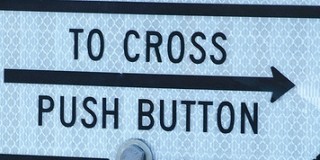How to Measure User Experience: 8 UX Metrics and KPIs to Track

Ever wonder why your site has a lot of visitors but not enough transactions, purchases, or inquiries? In this post, we look at marketing and UX metrics from a slightly different angle.



